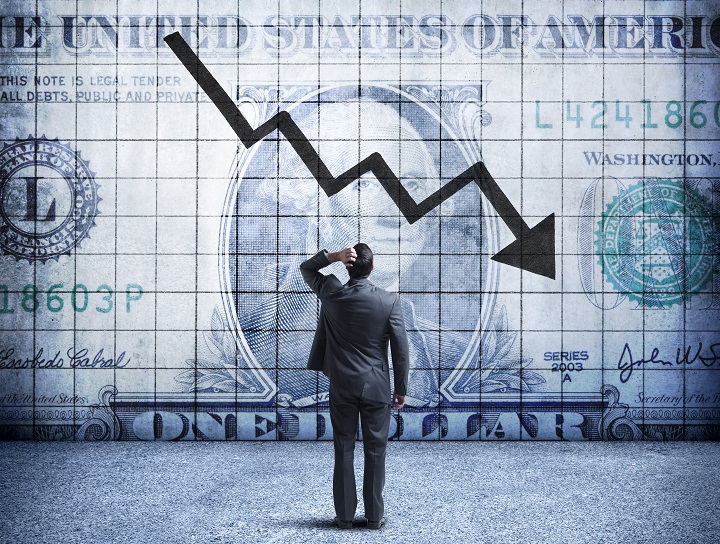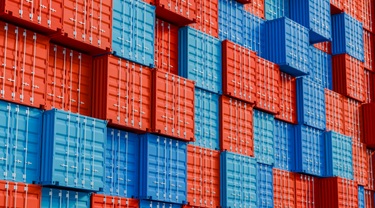
1. Deep global recession
The biggest risk facing Canadian exporters largely stems from the soft global economy, as it continues to recover from the COVID-19 pandemic. The dramatic increase in central bank policy rates over the past year-and-a-half, together with associated financial market stresses, will reduce the flow of credit into the system over the next several quarters. It could even bring about a deep global recession, especially if lenders tighten lending standards further in response. According to our calculations, this could lead to a permanent loss of 1% and 2% of global economic output. EDC Economics assesses the likelihood of such a scenario at 30%, making it no longer a tail risk.















